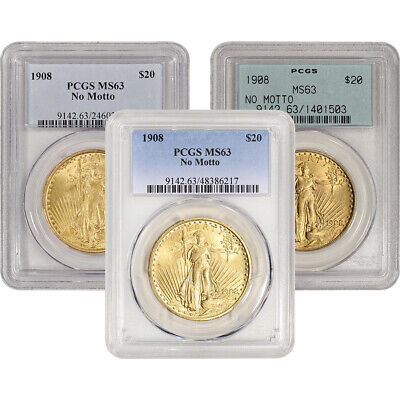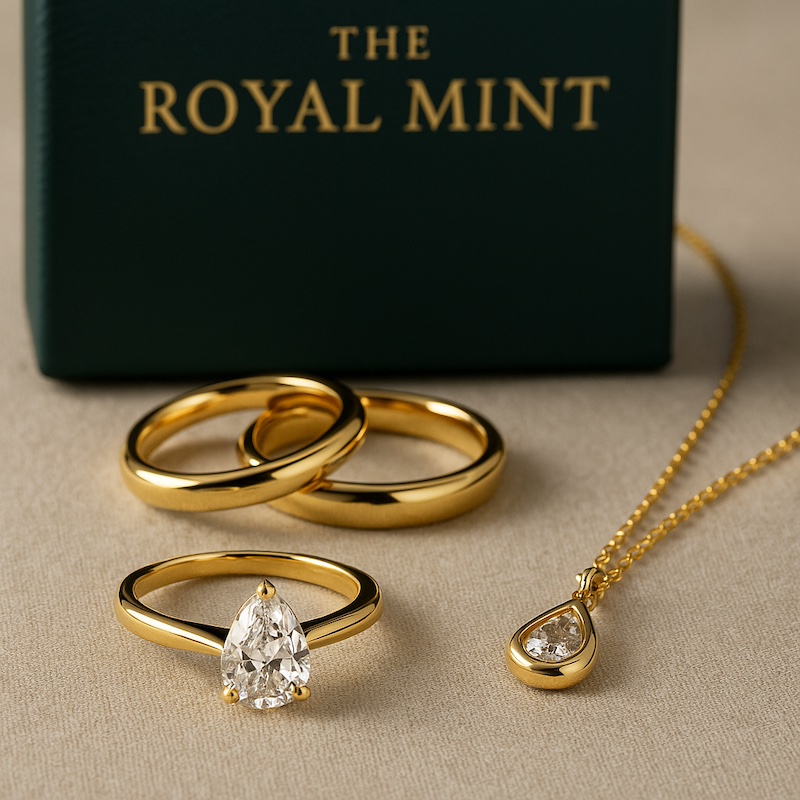For many investors, numismatics is more than just a hobby—it is a strategic investment in history, rarity, and collectibility. While bullion investments hedge against inflation, rare and error coins offer a unique opportunity for value appreciation that transcends metal content.
One of the most compelling areas within numismatics is Lincoln Wheat Pennies, particularly those struck with errors. These coins, minted between 1909 and 1958, have captivated collectors for generations. The 1954 Wheat Penny, while common in circulated grades, has seen certain rare variations—mainly error coins—fetch premium prices in auctions and the collector’s market.
Numismatic coins, particularly error varieties, can offer substantial long-term returns for investors looking to diversify their portfolios.

Why Numismatic and Error Coins Are a Smart Investment
Unlike standard bullion, which derives its value from the price of precious metals, numismatic coins have a built-in demand based on rarity, condition, and collector interest. This means their value often increases independently of market fluctuations in gold and silver.
Key Investment Advantages of Numismatic and Error Coins:
- Scarcity and Rarity: Many error coins exist in minimal quantities, making them highly sought after.
- Historical Significance: Coins like the 1954 Wheat Penny represent pivotal moments in U.S. Mint history.
- Strong Auction and Collector Demand: The numismatic market has consistently shown rising prices for key error coins.
- Less Volatility Than Bullion: While precious metals can be subject to significant market swings, numismatic coins hold long-term value based on collector demand.
A prime example of this investment potential is the 1954 Wheat Penny and its error varieties, which have commanded impressive premiums due to scarcity.
The 1954 Wheat Penny: A Collectible with Investment Appeal
The 1954 Lincoln Wheat Penny was minted in three U.S. Mint locations: Philadelphia (no mint mark), Denver (D), and San Francisco (S). The total mintage was over 419 million coins, making it a standard date in lower grades. However, proof coins, high-grade red examples, and error coins carry a significantly higher value.
| Condition | 1954 (No Mint Mark) Wheat Penny | 1954-D Wheat Penny | 1954-S Wheat Penny |
|---|---|---|---|
| Good (G-4) | $0.06 | $0.05 | $0.05 |
| Fine (F-12) | $0.18 | $0.06 | $0.06 |
| Extra Fine (EF-40) | $0.41 | $0.14 | $0.14 |
| About Uncirculated (AU-50) | $0.53 | $0.23 | $0.23 |
| Mint State 63 (MS-63) | $2.41 | $1.20 | $1.20 |
| Proof 63 (PR-63) | $24 | N/A | N/A |
Red, Brown, and Proof Variants
- Red coins (RD): In pristine condition, 1954 pennies in MS-67 red (RD) can fetch up to $10,000.
- Brown coins (BN): Generally worth less than red coins, brown examples still command substantial premiums in higher grades.
- Proof versions: San Francisco-minted proofs are highly collectible, with deep cameo (DCAM) and cameo (CAM) varieties commanding four- and five-figure prices.
High-Value Error Coins from 1954
While standard circulated 1954 Wheat Pennies may only be worth face value, certain error coins from this year have gained significant interest and value.
1. 1954 Doubled Die (DDO/DDR)
- This occurs when the coin dies and shifts between impressions, resulting in a doubling effect on inscriptions and dates.
- Current value: $100 – $2,500, depending on severity and condition.
2. 1954 Re-Punched Mintmark (RPM)
- This error occurs when a mint worker accidentally stamps the mintmark more than once, creating a visible shift.
- Most commonly found on 1954-S and 1954-D pennies.
- Current value: $20 – $300, depending on clarity and condition.
3. 1954 Die Break (BIE Error)
- This is caused by a break in the coin die, creating a raised bar between the “B” and “E” in “LIBERTY.”
- Current value: Typically ranges from $5 to $50, but rare high-grade examples have sold for over $100.
4. 1954 Broad Strike Error
- This occurs when a coin is struck outside the collar, making it appear more expansive and thinner than usual.
- Current value: $10 – $150, depending on condition.
5. Die Deterioration Doubling
- A worn-out die can create false doubling, which some collectors still find desirable.
- Current value: $10 – $75.
These errors are key investment pieces within the numismatic world, providing substantial appreciation over time.
How to Invest in Numismatic Coins and Errors
Investing in error coins and numismatics requires a strategic approach to ensure profitability. Here are five essential investment tips:
1. Buy from Reputable Sources
- Ensure that reputable grading companies like PCGS, NGC, or ANACS certified coins.
- Avoid raw coins with questionable authenticity.
2. Prioritize Condition and Rarity
- Higher-grade coins (MS65 or better) are appreciated the fastest.
- Rare errors, mainly doubled dies and off-center strikes, hold long-term demand.
3. Diversify Your Collection
- A mix of Wheat Penny errors, key-date Lincoln Cents, and silver coinage can create a balanced portfolio.
4. Monitor the Market
- Follow auction results and sales trends to gauge the growing demand for specific varieties.
5. Hold for Long-Term Gains
- Unlike bullion, numismatic coins gain value over decades as collector interest grows.
Conclusion: Why Numismatics and Error Coins Are Worth the Investment
For collectors and investors alike, error coins and numismatic rarities offer exceptional long-term appreciation. The 1954 Wheat Penny—particularly in proof, high-grade red, and error varieties—demonstrates how even common-date coins can achieve significant returns in the right conditions.
Unlike bullion investments, which are tied to metal prices, numismatic coins hold intrinsic collector value, often outpacing inflation and economic downturns. Whether seeking portfolio diversification or historical significance, numismatic coin collecting remains one of the most compelling and rewarding long-term investment opportunities.
If you’re considering entering the numismatic investment space, focus on rare error coins and high-grade specimens. Over time, the market demand and rarity-driven appreciation will make these coins a valuable asset in your collection.
Reference Links
- Professional Coin Grading Service (PCGS) Price Guide: www.pcgs.com/prices
- Numismatic Guaranty Company (NGC) Census & Value Data: www.ngccoin.com/census
- Heritage Auctions – Rare Coin Sales & Prices: www.ha.com
- CoinWeek – Latest News & Market Trends in Numismatics: www.coinweek.com
- The U.S. Mint’s Historical Coin Production Records: www.usmint.gov
Final Thought: Invest in Numismatics Today for Future Gains
With the right approach, error coins and numismatic collectibles can yield impressive returns. Whether you’re a seasoned investor or just getting started, the 1954 Wheat Penny and other rare Lincoln Cents are perfect entry points into the lucrative world of rare coin collecting.







